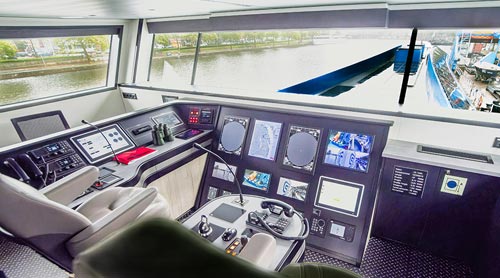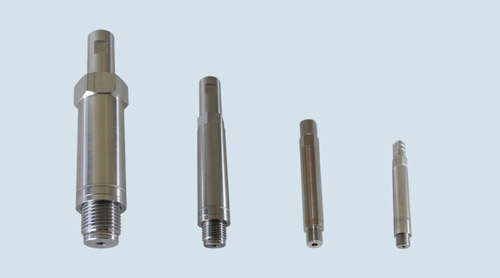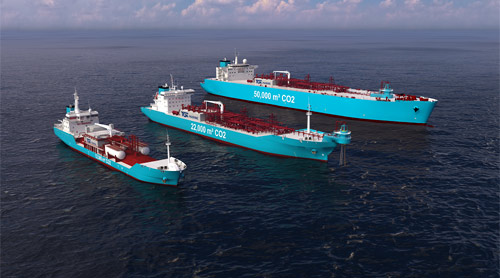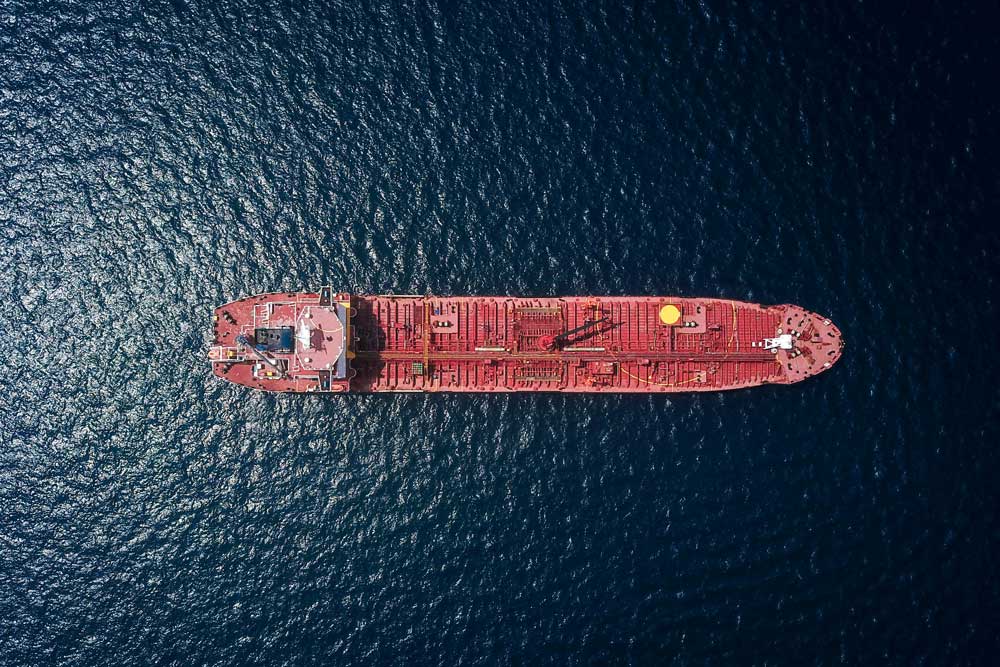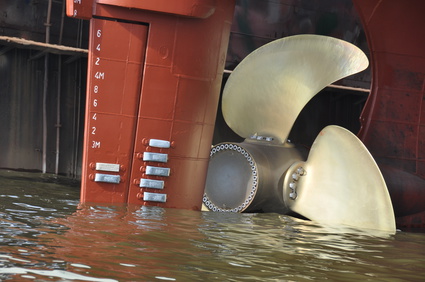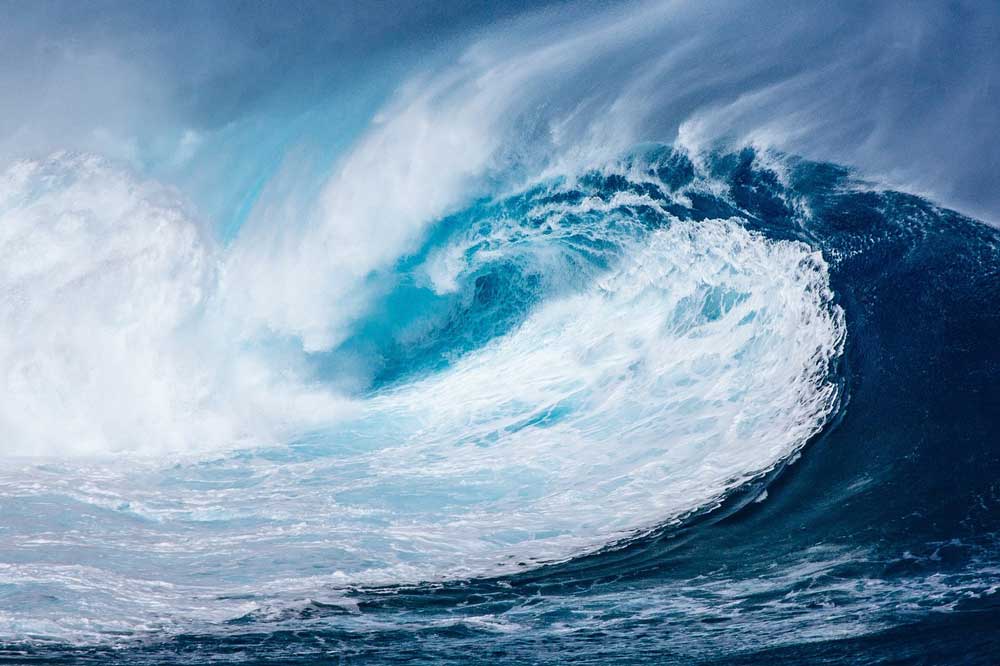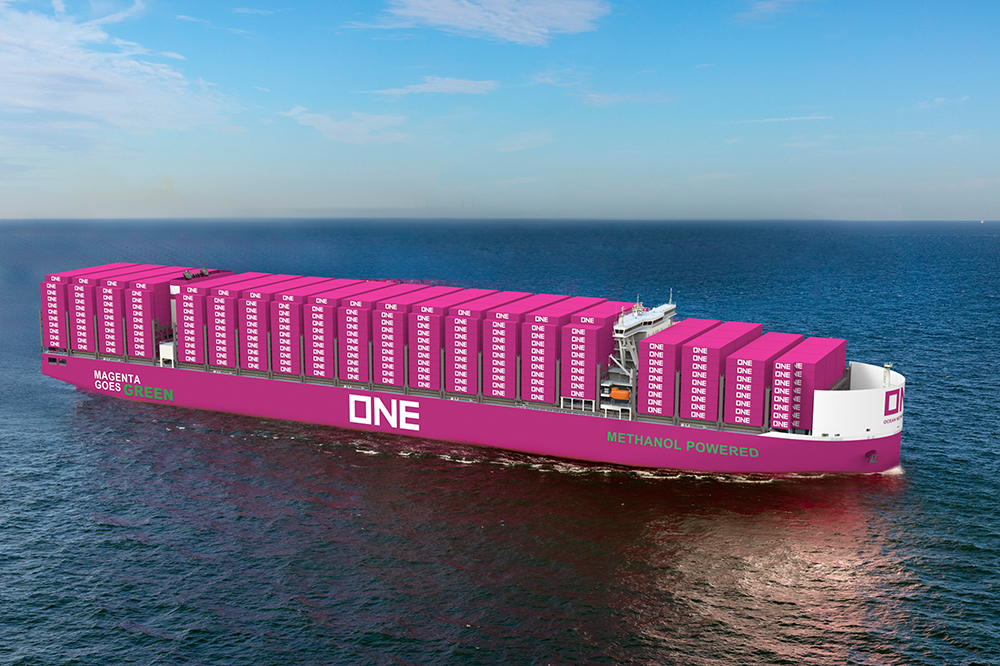Clarksons Research’s half-yearly outlook for the global shipping markets is positive. Shipping is currently even benefiting across sectors from geopolitical tensions and the reorganisation of trade flows.
The value of Clarksons’ cross-sector ClarkSea Index averaged US$24,000/day in the first quarter, an increase of 35% on the 10-year trend. The index thus maintains the strong level of 2023. In addition to the underlying growth in trading volumes and tight shipbuilding market conditions, the complex interrelationships between supply and demand continue to have an impact, including geopolitical disruptions, trading patterns and increasing emissions regulations. [ds_preview]
Despite mixed global economic signals, seaborne trade volumes grew by 3% to 12.4bn tons in 2023 (with Chinese trade particularly supportive), and Clarksons expects further growth of 2% to 12.6bn tons in 2024. In addition to underlying trends towards long-haul shipments in some sectors (for example, oil and iron ore exports across the Atlantic), the impact of disruptions is adding to the “distance kick” for overall shipping demand. Traffic through the Red Sea (~10% of global trade) has fallen sharply (70% fewer transits) as ships are diverted via the Cape of Good Hope, increasing distances and adjusting trade flows accordingly. “We estimate that the detour is now adding 3% to global shipping demand (equivalent to a full year of typical trade growth), rising to 11% in the container sector alone,” comments Steve Gordon, Managing Director of Clarksons Research in the current Shipping Review & Outlook.
Restrictions on transits through the Panama Canal (2.5% of global trade) due to low water levels have also had an impact, with tonnage down by a third. And the impact of redistributed Russian oil and gas exports (and European imports) on tonne-miles also continues. “In our base case scenario (which does not yet include the disruption in the Red Sea in the first half of the year), global trade in tonne-miles grows by 3.9% this year (2023: 4.6%), continuing the trend of growth in miles outpacing growth in tons,” says Gordon.
“Market conditions good in all key volume sectors”
Unlike six months ago, market conditions are good in all key volume sectors, he said. The Red Sea detour has relieved the container markets of their oversupply problem for the time being, with spot freight rates twice as high as at the beginning of December and charter rates gradually rising (by 37% compared to the beginning of December).
According to Clarksons’ observations, tanker markets remain tight (average revenues >$40,000/day), supported by low fleet growth and continued Russia-related long-haul trade flows. The Red Sea disruption led to an increase in the product tanker market in the first quarter.
After a weak 2023, bulk carriers (especially Capesizes) are experiencing a strong start to the year, with firm freight volumes and a limited order book for newbuildings. LPG rates have recovered from their 2023 highs but remain “healthy”, while LNG rates are seasonally weaker, which is also impacting newbuilding deliveries ahead of the upcoming large wave of project launches.
The offshore oil and gas markets are in a strong position according to Clarksons’ analysis, with day rates having risen significantly and previous market peaks in sight. The car carrier market remains at an all-time high for now, and the cruise industry has “performed well” with passenger volumes (Clarksons forecasts 35 million in 2024) and yields now above pre-Covid levels.
Some bottlenecks on the supply side
There are still supply-side bottlenecks in some sectors and the order book is moderate (~12% of fleet capacity) but uneven (e.g. LNG: 51%, bulk carriers 9%). We assume overall fleet growth of ~3% to 2.5bn dwt in 2024, but again uneven (tankers <1% supply growth, containers >8%). “We expect the good flow of newbuilding orders to continue as interest in tankers is strong, ordering activity in the gas tanker sector is high and freight and liner companies continue to implement green fleet renewal programs. We estimate that shipyard capacity declined by around 35% in the 2010s and is now only gradually expanding (mainly in China). Slot availability is very tight (yards have 3.5 years of cover) and prices have increased by 40% since 2020,” says Gordon.
Recycling has been limited, according to the report, while the S&P markets have been very active: “The run rate for 2024 so far is 25% above the firm 2023 figure, with both bulk carriers and tankers up ~25% from start 23 and now at a ~15 year high. We estimate the global fleet and order book at $1.7bn. Ship financiers are seeing a good flow of business, but also early repayments and increased competition,” says Gordon.
Environmentally friendly ships on the rise
The environmentally friendly conversion of shipping continues to take centre stage. With the extension of the EU Emissions Trading Scheme to shipping in 2024, a price will be put on carbon emissions from shipping for the first time. Clarksons estimates that it will total US$6bn annually by 2026. “We also estimate that last year 65% of the ocean freight fleet was classified A-C by CII (35% D-E). We expect to see an impact on speed trends, EST retrofits and market segmentation, while the upcoming IMO MEPC meetings will determine the next phase of important regulation,” says Steve Gordon.
The adoption of green technologies continues: 6% of the fleet by GT) can now run on alternative fuels (50% of the order book), 31% are fitted with ESTs and 32% with ‘eco-engines’, according to Clarksons observations. Significant fleet renewal is expected in the coming years as the fleet ages – 31% of the fleet is 15 years and older.













